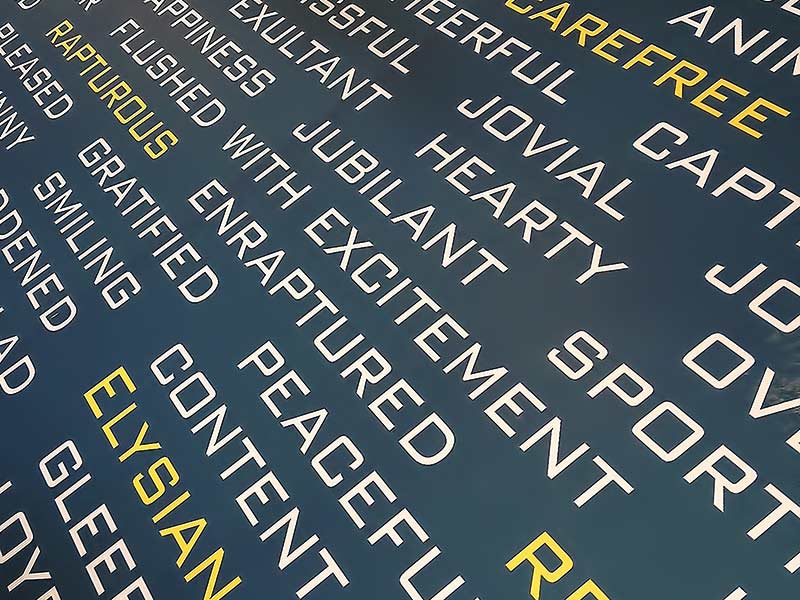The fascinating topic of English adjective order

English adjective order
Everything you need to know about the topic!
English adjective order is a fascinating topic that follows a specific pattern.
The order
When more than one adjective comes before a noun, the adjectives are normally in a particular order.
Adjectives which describe opinions or attitudes come first, followed by adjectives that describe size, shape, age, color, origin, material, and purpose.
This article explores the rules of English adjective order and the reasons behind them. We also discuss the history of English adjective order and how it has evolved over time.
Join us on a journey through the intricacies of English grammar and learn how to use adjectives in the correct order.
Exceptions to the general order
English adjective order follows a specific pattern, but there are some exceptions to the general rule.
Opinion adjectives
Opinion adjectives can sometimes come after fact adjectives.
For example, "a beautiful big house" is correct, even though "big beautiful house" follows the Royal Order of Adjectives.
Certain adjectives
Certain adjectives can be used interchangeably without changing the meaning of the sentence. For example, "a red big balloon" and "a big red balloon" mean the same thing.
Adjectives that describe nationality or origin
Adjectives that describe nationality or origin can sometimes come before size or shape adjectives. For example, "a French rectangular table" is correct, even though "rectangular French table" follows the Royal Order of Adjectives.
Emphasis or poetic effect?
English adjective order generally follows a specific pattern, but there are some situations where the order of adjectives can be changed for emphasis or poetic effect. Here are some exceptions to the Royal Order of Adjectives:
-Adjectives can be separated by a conjunction, and their order can be changed for emphasis. For example, "a big, red balloon" can be changed to "a red, big balloon" for emphasis.
-Adjectives can be reordered for poetic effect or to create a specific rhythm. For example, "the quick brown fox" can be changed to "the brown, quick fox" for poetic effect.
-Adjectives can be used interchangeably without changing the meaning of the sentence. For example, "a red big balloon" and "a big red balloon" mean the same thing.
English adjective order summary
Overall, while English adjective order follows a specific pattern, there are some exceptions to the rule.
These exceptions can be used interchangeably without changing the meaning of the sentence.